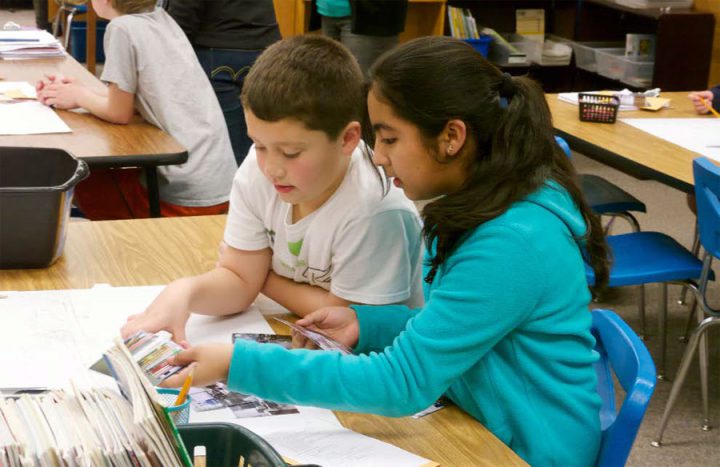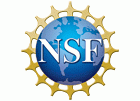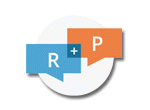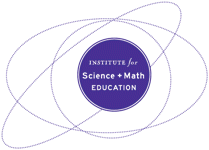Steps to Designing a Three Dimensional Assessment

Three-dimensional assessment tasks allow you to make inferences about how students use their understanding of disciplinary core ideas, science and engineering practices, and crosscutting concepts together to explain phenomena and solve problems. This process includes steps to ensure that your tasks are accessible and engaging to learners from non-dominant communities and to learners with identified learning differences.
This resource has been heavily revised and published as STEM Teaching Tool #83: Steps to Designing Justice-Focused Assessments in Science. We encourage everyone to use the new resource. The document linked below is from March 2020 and we will continue to offer it for archival purposes.
This document contains a nine-step process designed to help teams develop three-dimensional assessment tasks in science that connect to students’ interests, experiences, and identities.
Assessing three-dimensional standards means assessing more than just the “process” of science; it means assessing students’ proficiency through integrated use of all three dimensions to explain phenomena and solve design challenges. The guidance included here is based on the conclusions and recommendations included in the National Research Council (2014) report, Developing Assessments for the Next Generation Science Standards. In addition, the process incorporates use of the Task Screener developed by Achieve, Inc., to analyze existing assessments.
Authors:
WILLIAM R. PENUEL, KATIE VAN HORNE, AND PHILIP BELL - REVISED MARCH 2020 (FROM MARCH 2016 VERSION)
ALSO SEE STEM TEACHING TOOLS
- #28 Qualities of a Good Anchor Phenomenon for a Coherent Sequence of Science Lessons
- #30 Integrating Science Practices Into Assessment Tasks
STEM Teaching Tools content copyright 2014-22 UW Institute for Science + Math Education. All rights reserved.
This site is primarily funded by the National Science Foundation (NSF) through Award #1920249 (previously through Awards #1238253 and #1854059). Opinions expressed are not those of any funding agency.
Work is licensed under a Creative Commons Attribution-ShareAlike 4.0 Unported License. Others may adapt with attribution. Funded by the National Science Foundation (NSF). Opinions expressed are not those of any funding agency.


 Email Feedback
Email Feedback


